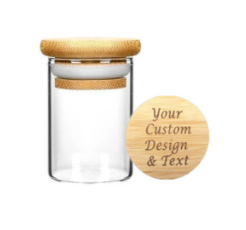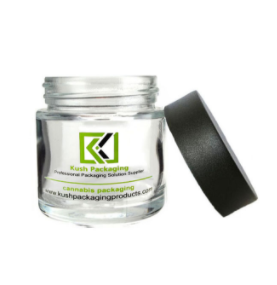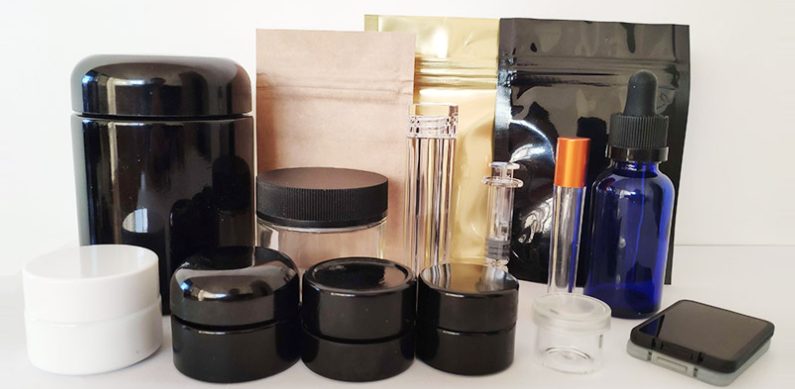Reagent bottles are also known as sealed bottles. Wood lid suction glass jars and child resistant glass jar with black lid are commonly used in our life.Reagent bottles commonly used in our daily life are generally used for packaging cosmetics, medicines, and other liquids. Today I want to talk with you about how to use the reagent bottle, the matters needing attention in the use of reagent bottles in chemistry, and the use method.

There are generally white and brown. The brown reagent bottle is used to hold the reagent or solution that sees light to separate easily, be like iodine liquid, silver nitrate, potassium permanganate, potassium iodide to wait. Test agent bottle and there are grinding and not - grinding mouth two. Generally speaking, non - abrasive mouth reagent bottle is used for containing lye or concentrated salt solution, the use of rubber or cork, in order to prevent the reagent crystallization or dissolution of glass so that the plug and the bottle mouth bond and not easy to open. The grinding bottle is filled with acid, no - strong alkaline reagent or organic reagent solution, etc. Note when using the original bottle with the original plug, the number of the bottle and plug to conform to the benefits of sealing, to avoid solution evaporation, change the concentration. When the reagent bottles are not in use, they should be cleaned and lined with a piece of paper between the mouth of the bottles and the stopper to prevent them from sticking to each other after being used for a long time. The reagent bottle can only be used for storing reagents, not as a heating vessel, nor can it be filled with reagents of sudden cold and sudden heat, nor can it be used to prepare solutions and store concentrated alkali and salt solutions in the bottle. Reagent bottle has a big mouth and a small mouth, the big mouth is used to hold solid, the smallmouth is used to hold liquid. Specifications range from 30ml to 20,000ml.

1. Choose the right volumetric bottle.
2. Check the volumetric bottle for leakage.
3. Fill a volumetric flask with a small amount of distilled water.
4. Put the stopper on and turn the volumetric bottle upside down.
5. Turn the plug 180 degrees and close the lid.
6. After steps 2-3, no liquid leakage can be used.
The mass of solute required for the preparation of the required molarity solution is calculated and the mass of solute is taken out.
Dissolve the solute in a beaker with distilled water (note the procedure for different solute dissolutions). Let the solution return to room temperature.
Transfer the solution to the volumetric flask with a glass rod, and wash the beaker with distilled water 4-5 times. The washed liquid also needs to be transferred to the volumetric flask.

Gradually add water to the volumetric bottle until the level is 2-3cm from the mark.
Use a rubber-head dropper to continue adding water until the concave level just touches the scale line.
Cork the bottle tightly and shake the volumetric bottle moderately to mix the solution evenly.
Transfer the prepared solution to the reagent bottle in which the solution is stored.
Most people use glass concentrate containers in their lives. If you need glass concentrate containers, please email us.
Copyright © QINGDAO KUSH PACKAGING CO., LTD. All Rights Reserved
